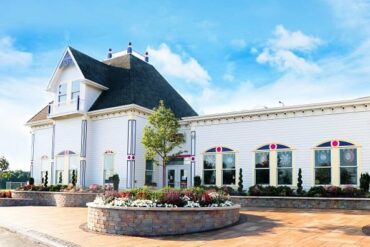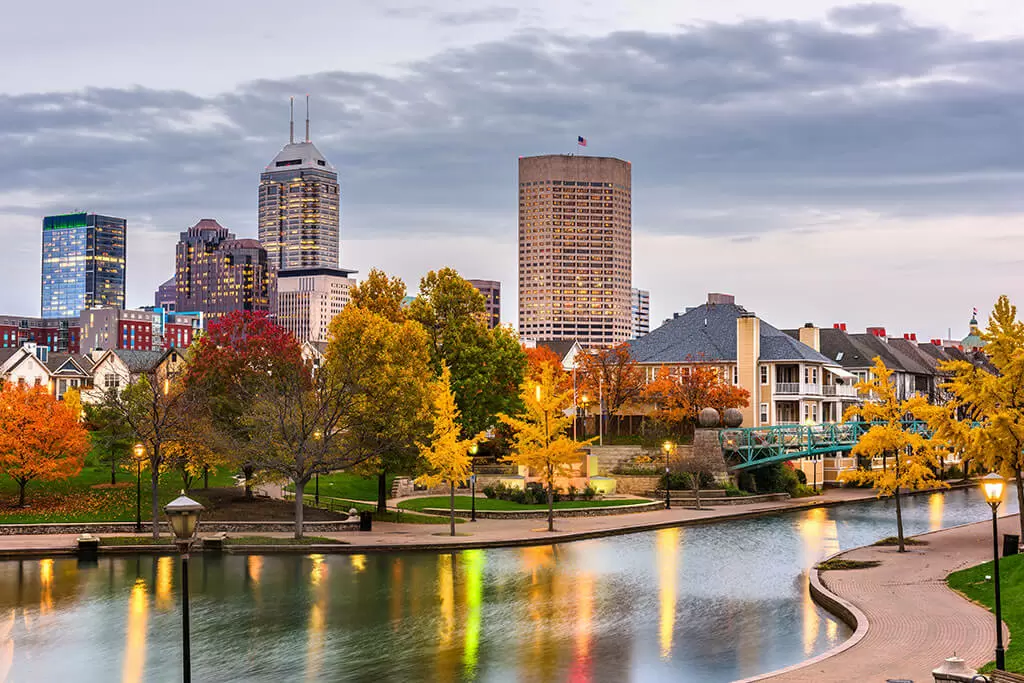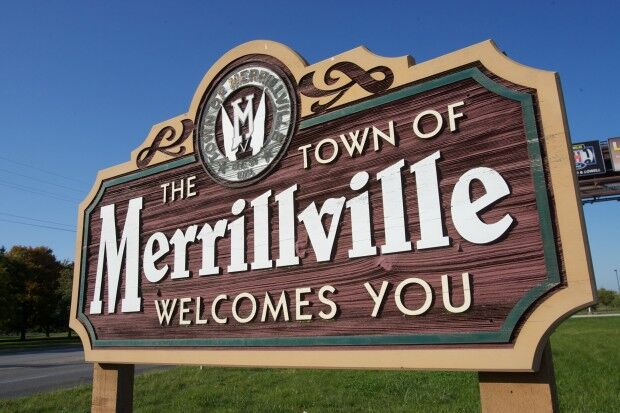When it comes to the race of an Indian, it is important to understand that there is no single “race” that applies to all Indians. Instead, Indians are a mixed population that comes from several ancestral races. This is due to the fact that in India, the mixing occurred between groups with very different physical characteristics and in different proportions between castes and regions. The easiest way to think of indigenous peoples is as a cline, a continuum with a lot of gradations from one extreme to the other.
This means that there is some correlation between language, caste, geography and genetics, but not a complete correlation. Generally speaking, upper caste groups and people from northwestern India are more likely to have more steppe and Iranian farming ancestry than lower caste groups and people from South and East India. However, this geographical correlation is not total and is relative to each region.Overall, it is important to note that the groups in India were never fully homogenized to form a new, uniform “race”. Therefore, when it comes to the race of an Indian, it is important to understand that there is no single “race” that applies to all Indians.
Instead, Indians are a mixed population that comes from several ancestral races.
When it comes to the race of an Indian, it is important to understand that there is no single “race” that applies to all Indians. Instead, Indians are a mixed population that comes from several ancestral races. This is due to the fact that in India, the mixing occurred between groups with very different physical characteristics and in different proportions between castes and regions. The easiest way to think of indigenous peoples is as a cline, a continuum with a lot of gradations from one extreme to the other.
This means that there is some correlation between language, caste, geography and genetics, but not a complete correlation. Generally speaking, upper caste groups and people from northwestern India are more likely to have more steppe and Iranian farming ancestry than lower caste groups and people from South and East India. However, this geographical correlation is not total and is relative to each region.Overall, it is important to note that the groups in India were never fully homogenized to form a new, uniform “race”. Therefore, when it comes to the race of an Indian, it is important to understand that there is no single “race” that applies to all Indians.
Instead, Indians are a mixed population that comes from several ancestral races.




